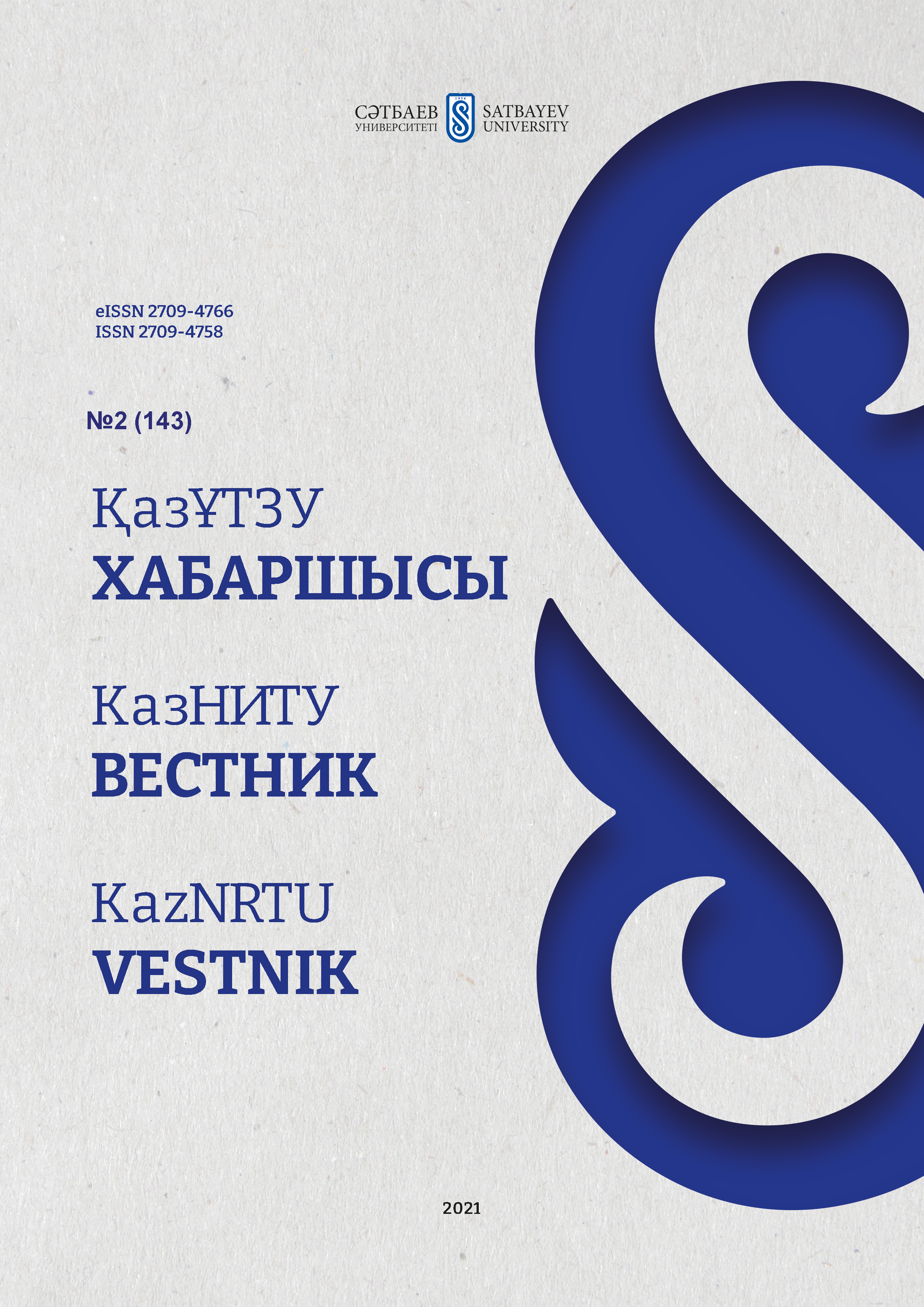Saving fuel and reducing harmful emissions to the atmosphere by regulating the operation of the lights
DOI:
https://doi.org/10.51301/vest.su.2021.i2.34Keywords:
intelligent traffic lights, smart antennas, crossroad, fuel economy.Abstract
Traffic control and coordination is an important feature on today's busy roads. Typical traffic lights switch from a fixed time to those based on a variety of sensors. Some weaknesses were identified when considering these various approaches. In this article, we offer intelligent dynamic traffic lights that can adapt their signaling time (for example, changes from green to red and vice versa) according to traffic density, using information about the arrival direction and leading time transmitted from mobile phones transmitted by car drivers, smart antennas installed on cellular base stations. Analysis of the simulation shows that the proposed system can reduce the queue delay by 22%. Therefore, this approach will reduce fuel consumption and environmental pollution by 22%, avoiding the queue at the traffic lights. On this architecture, we define and evaluate an adaptive light control algorithm using simulation. Based on two main objectives, this algorithm dynamically determines the sequence of green lights by selecting the movements that make up each phase and its duration. The simulation results show that this algorithm, if properly configured, is able to reduce the average waiting time at the intersection. The development of modern digital technologies, information exchange and the use of intelligent control systems in the automotive industry has led to a significant change in scientific, technological and practical approaches to the organization of optimal road traffic in densely populated cities.
Downloads
Published
How to Cite
Issue
Section
License
Copyright (c) 2021 VESTNIK KAZNRTU

This work is licensed under a Creative Commons Attribution-NonCommercial-NoDerivatives 4.0 International License.
<div class="pkpfooter-son">
<a rel="license" href="http://creativecommons.org/licenses/by-nc/4.0/"><img alt="Creative Commons License" style="border-width:0" src="https://i.creativecommons.org/l/by-nc/4.0/80x15.png"></a><br>This work is licensed under a <a rel="license" href="http://creativecommons.org/licenses/by-nc/4.0/">Creative Commons Attribution-NonCommercial 4.0 International License</a>.
</div>





